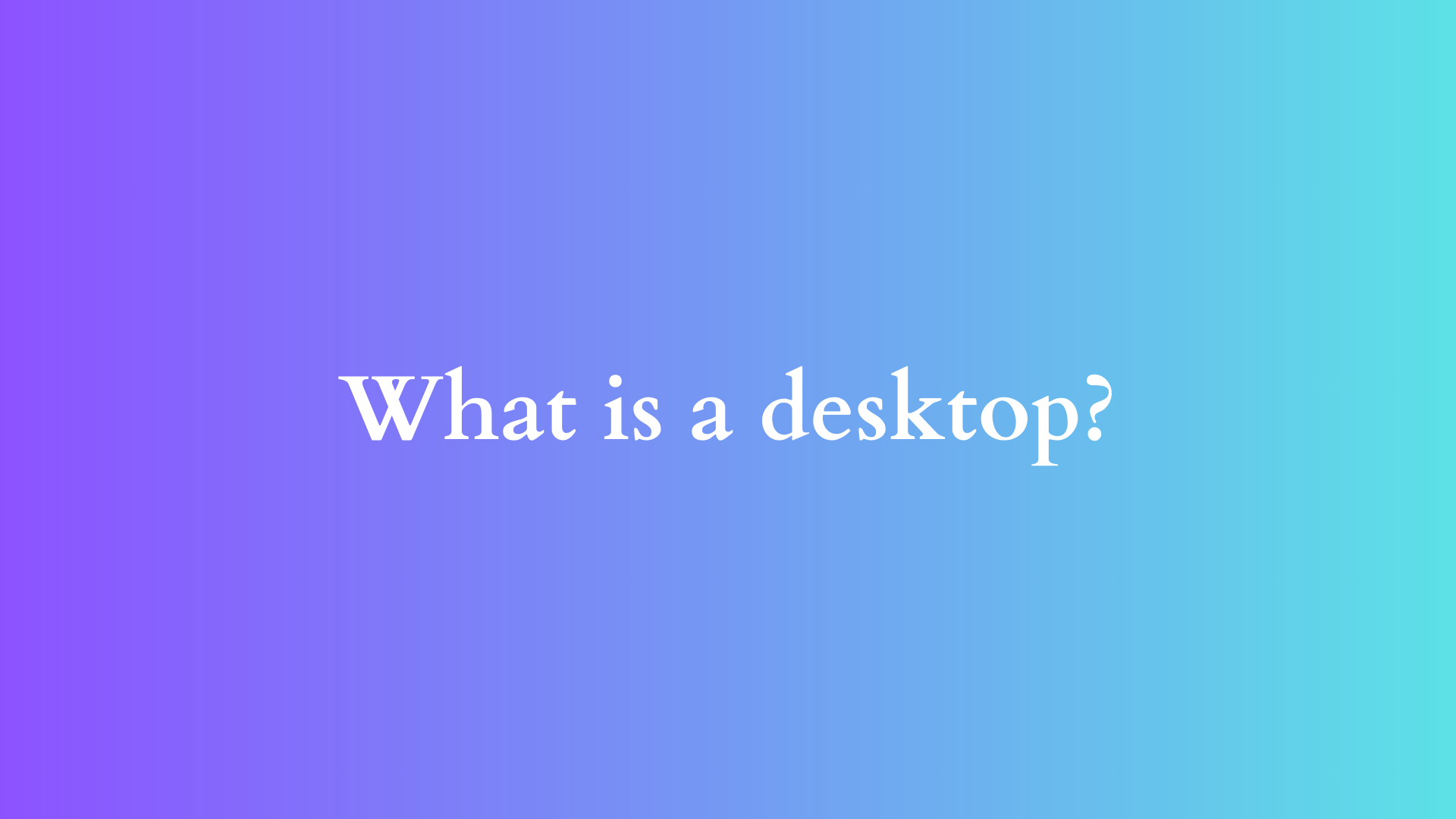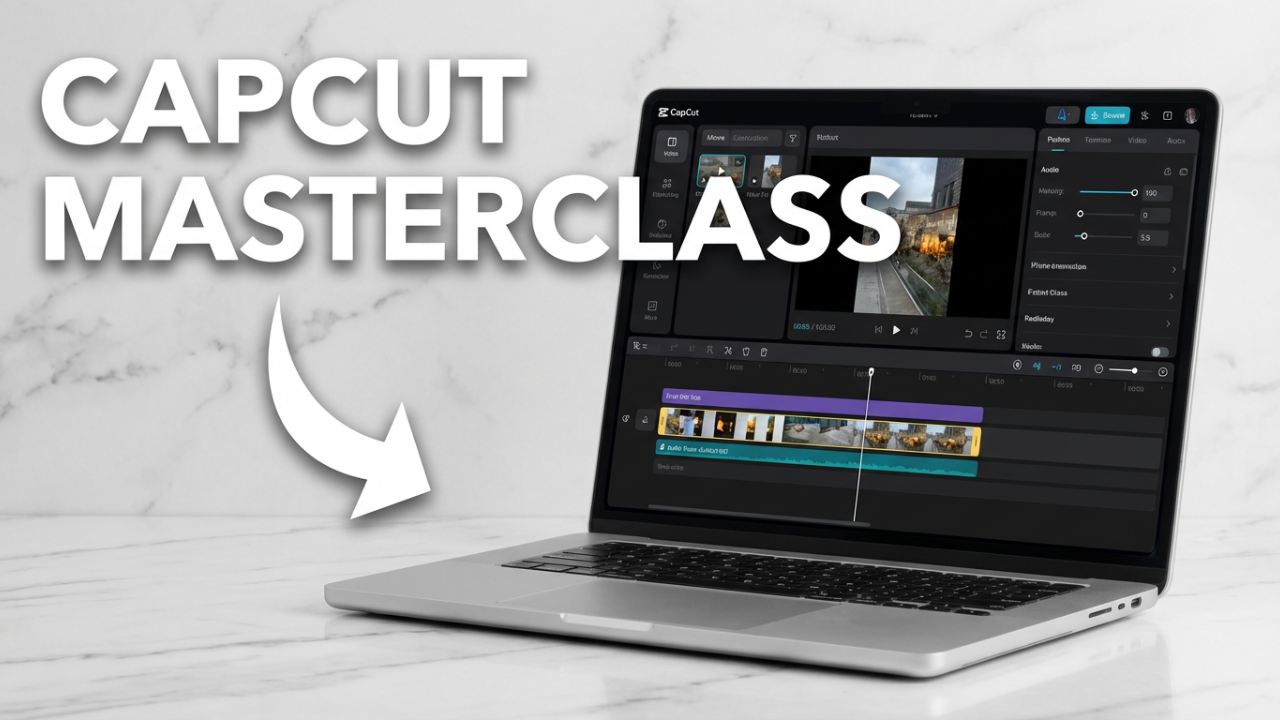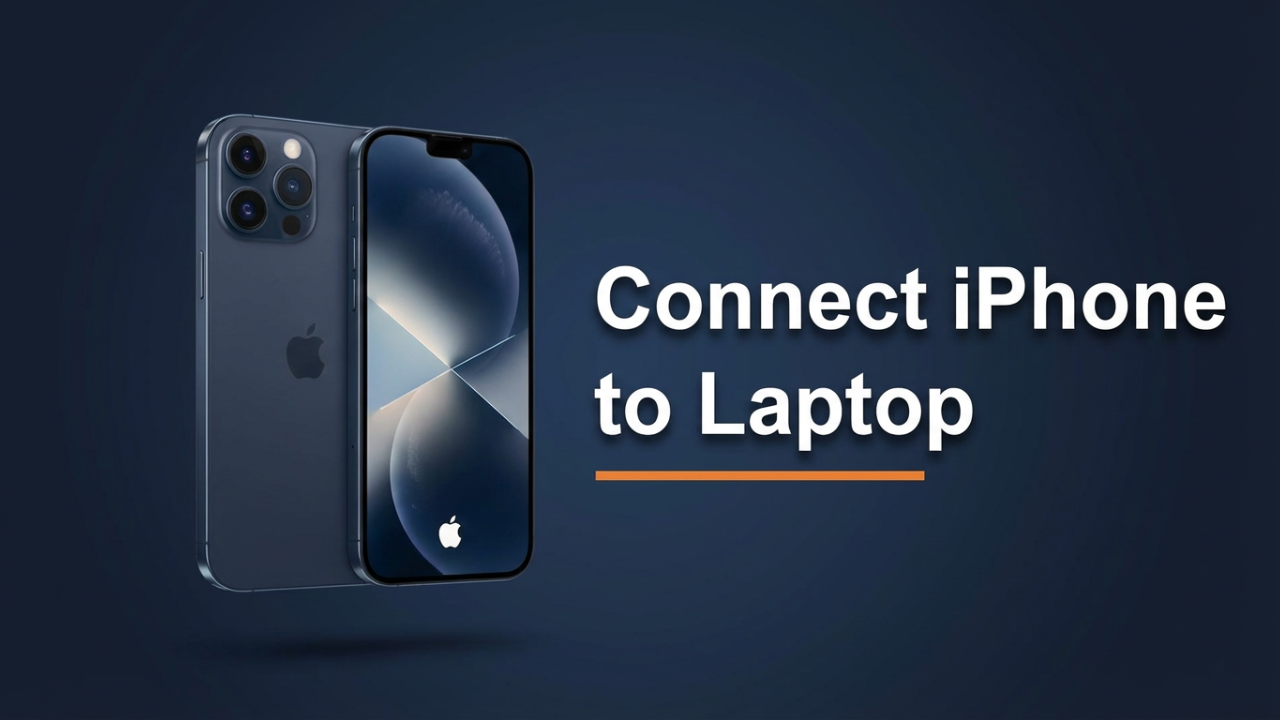Understanding Desktops: A Comprehensive Overview
In the digital age, the term “desktop” can refer to a variety of concepts, ranging from the physical computer hardware itself to the software interface that users interact with on a daily basis. As we increasingly rely on technology for communication, work, and entertainment, understanding what a desktop is, its components, and its evolution becomes more important than ever. In this blog post, we will delve deep into the various aspects of desktops, including their hardware components, operating systems, user interfaces, and their role in modern computing.

The Definition of a Desktop
At its core, a desktop refers to a personal computer designed for regular use at a single location, as opposed to mobile devices like laptops and smartphones. The term “desktop” can also refer to the graphical user interface (GUI) that overlays the operating system, where users can access applications and files. This bifurcation of meaning highlights the duality of the desktop as both a physical entity and a virtual space that organizes digital interaction.
The Hardware of a Desktop Computer
To fully appreciate what a desktop is, we must first understand the essential hardware components that constitute the machine. A standard desktop computer comprises several key elements:
1. Central Processing Unit (CPU)
Often referred to as the “brain” of the computer, the CPU is responsible for executing instructions and performing calculations. It plays a critical role in determining the overall speed and performance of a desktop.
2. Motherboard
The motherboard is the main circuit board that connects and allows communication between various components of the computer, including the CPU, RAM, storage drives, and peripheral devices. It provides the necessary infrastructure for the desktop to function as a cohesive unit.
3. Random Access Memory (RAM)
RAM serves as the temporary memory of the desktop, enabling quick access to data that the CPU needs in real-time. A desktop with more RAM can handle multiple applications simultaneously, enhancing multitasking capabilities.
4. Storage Drives
Desktops typically utilize hard disk drives (HDD) or solid-state drives (SSD) for long-term data storage. While HDDs provide substantial storage space at a lower cost, SSDs are favored for their speed and reliability, as they can significantly reduce boot and load times.
5. Graphics Processing Unit (GPU)
The GPU is essential for rendering images and video on your desktop. While integrated graphics can handle basic tasks, a dedicated GPU is necessary for gaming, graphic design, and other resource-intensive applications.
6. Power Supply Unit (PSU)
A reliable PSU converts electrical energy from a wall outlet into a usable form for the computer’s components. It provides the necessary power to run all hardware effectively.
7. Input and Output Devices
Desktops require peripherals such as keyboards, mice, and monitors to interact with the user. Input devices allow users to communicate commands, while output devices display information.
8. Casing
The desktop casing protects the internal components, facilitating both thermal management and aesthetics. Options range from traditional tower cases to compact form factors.
Operating Systems: The Desktop’s Brain
Once the hardware is in place, an operating system (OS) provides the foundation for software applications and user interaction. Common desktop operating systems include:
1. Windows
Developed by Microsoft, Windows is the most widely used operating system for desktops. Its user-friendly interface and extensive application support have made it a staple in both personal and professional environments.
2. macOS
Apple’s macOS is known for its sleek design, optimization for Apple hardware, and robust built-in applications. It is particularly popular among creative professionals due to its strong suite of multimedia tools.
3. Linux
Linux is an open-source operating system that offers a wide range of distributions, each tailored for different user experiences. Its flexibility and customization options appeal to developers and tech enthusiasts, making it a robust choice for specialized computing needs.
4. Chrome OS
Primarily designed for use with web applications, Chrome OS powers Chromebooks and offers a simplified experience focused on cloud storage and online tasks. While not a traditional desktop OS, it has gained traction for its speed and ease of use.
The Graphical User Interface (GUI)
The desktop interface serves as the primary point of interaction between the user and the operating system. The desktop environment typically includes several elements:
1. Desktop Background (Wallpaper)
Users can customize their desktop with an image or design of their choice, providing a personalized touch to their workspace.
2. Icons
Desktop icons represent files, applications, and folders, allowing users to quickly access what they need. Organizing these icons helps streamline workflow.
3. Taskbar or Dock
Located typically at the bottom of the screen (on Windows) or at the bottom or side (on macOS), the taskbar or dock provides quick access to running applications, pinned programs, and system notifications.
4. Window Management
The ability to open, close, minimize, and maximize application windows facilitates multitasking and organization on the desktop. Features such as virtual desktops further enhance productivity.
The Evolution of Desktops
Desktops have come a long way since their inception in the late 20th century. Early models were bulky and limited in functionality, primarily designed for basic tasks such as word processing and spreadsheet calculations. However, with advancements in technology, desktops have transformed dramatically.
1. Increased Processing Power
Over the decades, the computing power of desktops has soared, with CPUs now featuring multiple cores and lower power consumption, allowing for sophisticated applications, gaming, and high-definition media.
2. Enhanced Graphics Capabilities
The demand for high-performance graphics has led to the development of powerful GPUs that can render complex 3D environments, making desktops the preferred choice for gamers and creative professionals.
3. Shift to All-In-One Systems
Many manufacturers now produce all-in-one desktops that integrate the computer’s components into a single unit. These systems appeal to users seeking a streamlined appearance without sacrificing performance.
4. Rise of Cloud Computing
With the advent of cloud computing, desktops are no longer solely responsible for running applications and storing data. This shift allows users to access files and programs from anywhere, reducing the need for extensive local storage and processing capabilities.
The Future of Desktops
As technology continues to evolve, the desktop will remain a vital component of computing infrastructure. Potential future developments may include:
- AI Integration: As artificial intelligence becomes more commonplace, desktops may incorporate intelligent assistants that enhance user productivity and streamline tasks.
- Virtual and Augmented Reality: The integration of VR and AR technologies could revolutionize how desktops are used for work and play, creating immersive environments for design, training, and gaming.
- Greater Customization: With the rise of modular computing, users may be able to customize their desktops to an unprecedented level, optimizing them based on individual needs and preferences.
- Sustainability Focus: As awareness of environmental issues grows, the demand for eco-friendly desktops made from sustainable materials and designed for energy efficiency may increasingly influence market trends.
Conclusion
In summary, a desktop constitutes a multifaceted blend of hardware and software that enables users to perform a wide array of computing tasks. Its evolution from a basic personal computer to a sophisticated device capable of complex operations is a testament to the rapid advancements in technology. Understanding what a desktop is, its components, and its role in both personal and business contexts is essential for anyone navigating the modern digital landscape. As we look to the future, desktops are poised to evolve further, continuing to adapt to the needs of users worldwide.
Shop Now






